LOS ALAMITOS, Calif. – At Los Alamitos High School, students and staff are well acquainted with required reading in English classes. These books differ from grade to grade and district to district, and there are many qualifications for a book to be added to LAHS’s English curriculum.
“Teachers go by state standards for English. The teachers really know those standards and how a book aligns to particular standards,” said Dr. Platt, LAHS’s assistant principal of curriculum, instructions and instructional technology.
Books provide information ranging from life lessons to events and people from different times to students. When books are chosen, many factors have to be evaluated. Dr. Platt said that, when choosing books for LAHS, he must think about the book’s overall purpose and what it is trying to teach. He also looks at how the book lines up with state standards and how the content addresses themes relevant to other grade levels.
All these decisions are made from an objective third-person point of view, regardless of if LAHS administration is personally interested in reading a work or not. However, they do consider if students would find the work compelling.
When Dr. Platt picks the book, he said he doesn’t let his opinion of a book affect the verdict.
“If I don’t like a book personally, I have to get over it and take the text as what it is,” he said. “I try to understand, how can students relate to it? Is this going to be an interesting story?”
Freshmen are well acquainted with “To Kill a Mockingbird,” “Of Mice of Men,” “The Odyssey,” “Lord of the Flies” and “Romeo and Juliet.” Meanwhile, the sophomores of LAHS are assigned “Animal Farm,” “Much to do About Nothing,” “Oedipus Rex” and “All Quiet on the Western Front.”
When a teacher or staff member wants to get a book approved, the course team (a select group of individuals whose job is in the district to assign the curriculum) first discusses the book. Following this, they take it to the department as a suggested book. If both groups think their book is qualified, they take it to Dr. Platt, who then reviews the book. He reads and compares it to what other districts are reading and makes sure the maturity level matches the grade. After this is done, he decides if he should kick the book or take it to the school board.
“Sometimes, I’ll kick something back and say, ‘Could you give me more context?’ If not, I’ll do a write-up, take it to the district and advocate for it to be examined as a supplemental book for the curriculum,” Dr. Platt said.
If the book gets approved, Dr. Platt will advocate to the district office to have the book approved. If everything goes well and the book gets approved by the district, they review the book with the school board.
“Usually this takes months. Our board of education will either vote to put it up for public review or say no,” Dr. Platt said. When a book is put out for public review, the public has 30 days to bring up concerns. If, after 30 days, the book has not been contested, it can be added to LAHS curriculum.
At this point, the book is taken back to the teachers. The teachers then discuss what book is going to be replaced and how to work the new book into the curriculum. After aligning the book with state education standards, they can introduce the book to their classrooms.
Ultimately, administrators and teachers try their best to create an engaging curriculum for students with important aspects in mind for future youth education. Regardless of personal opinions, all books have the potential to become interesting reads for the students of LAHS.
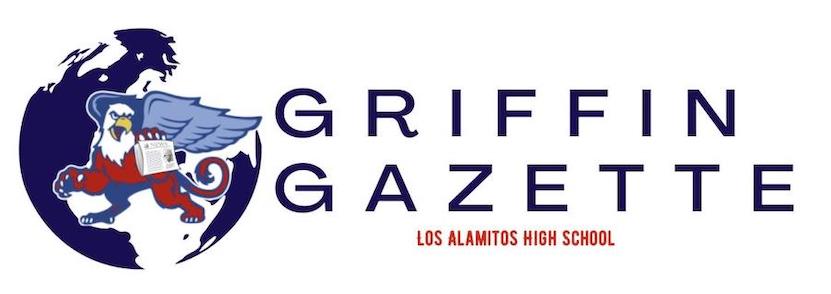




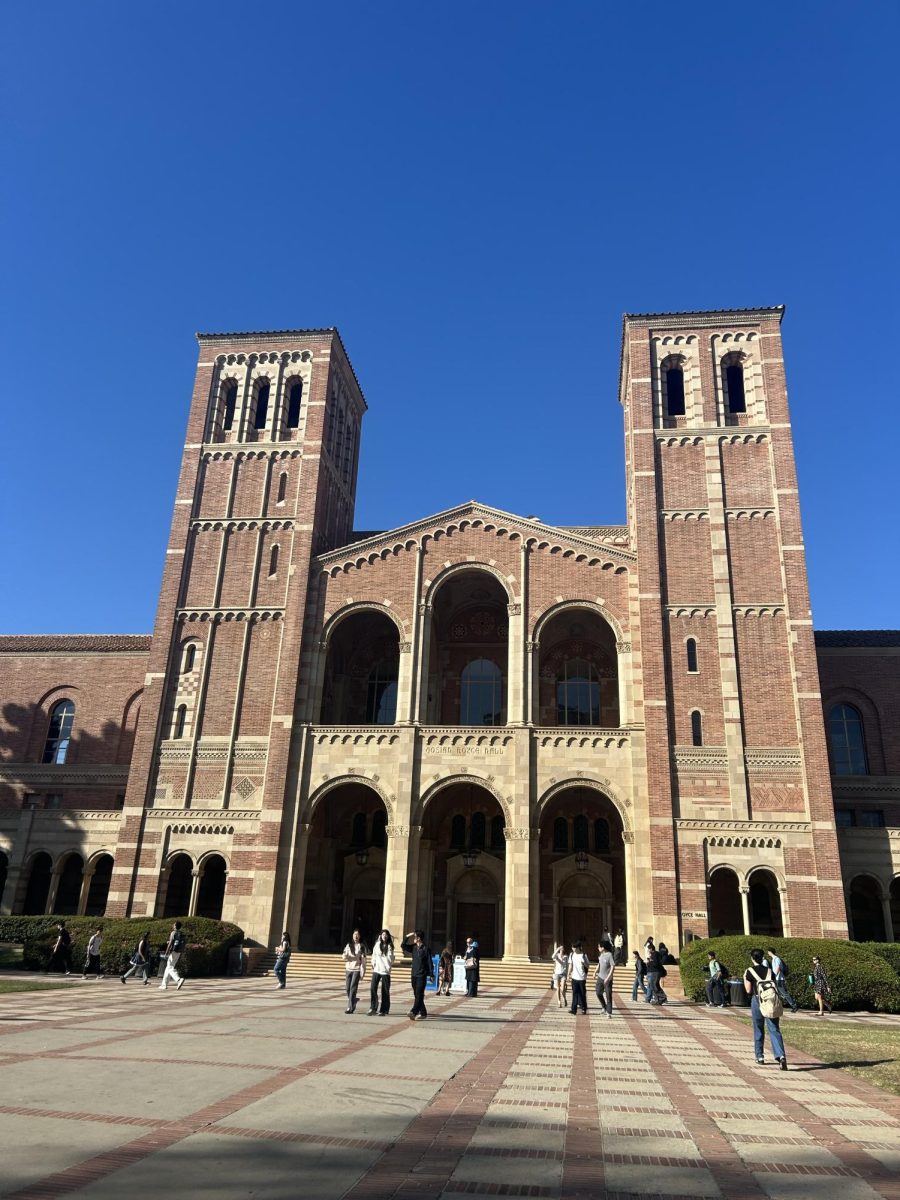

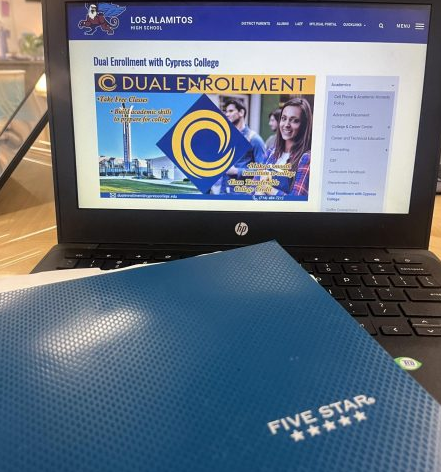
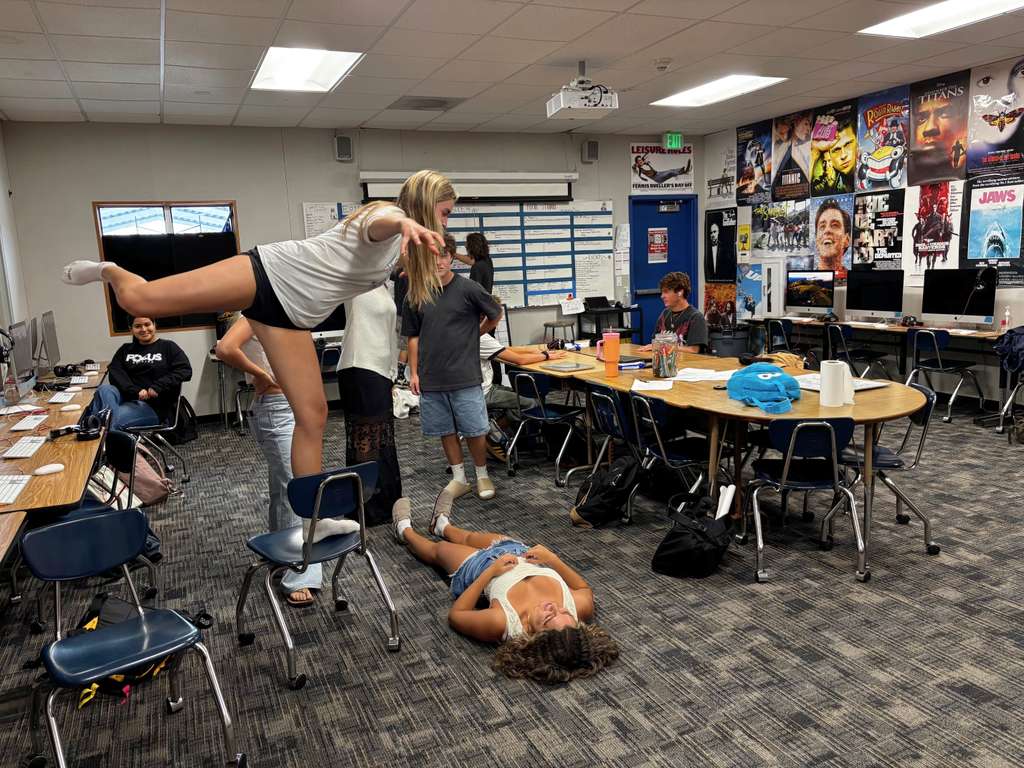
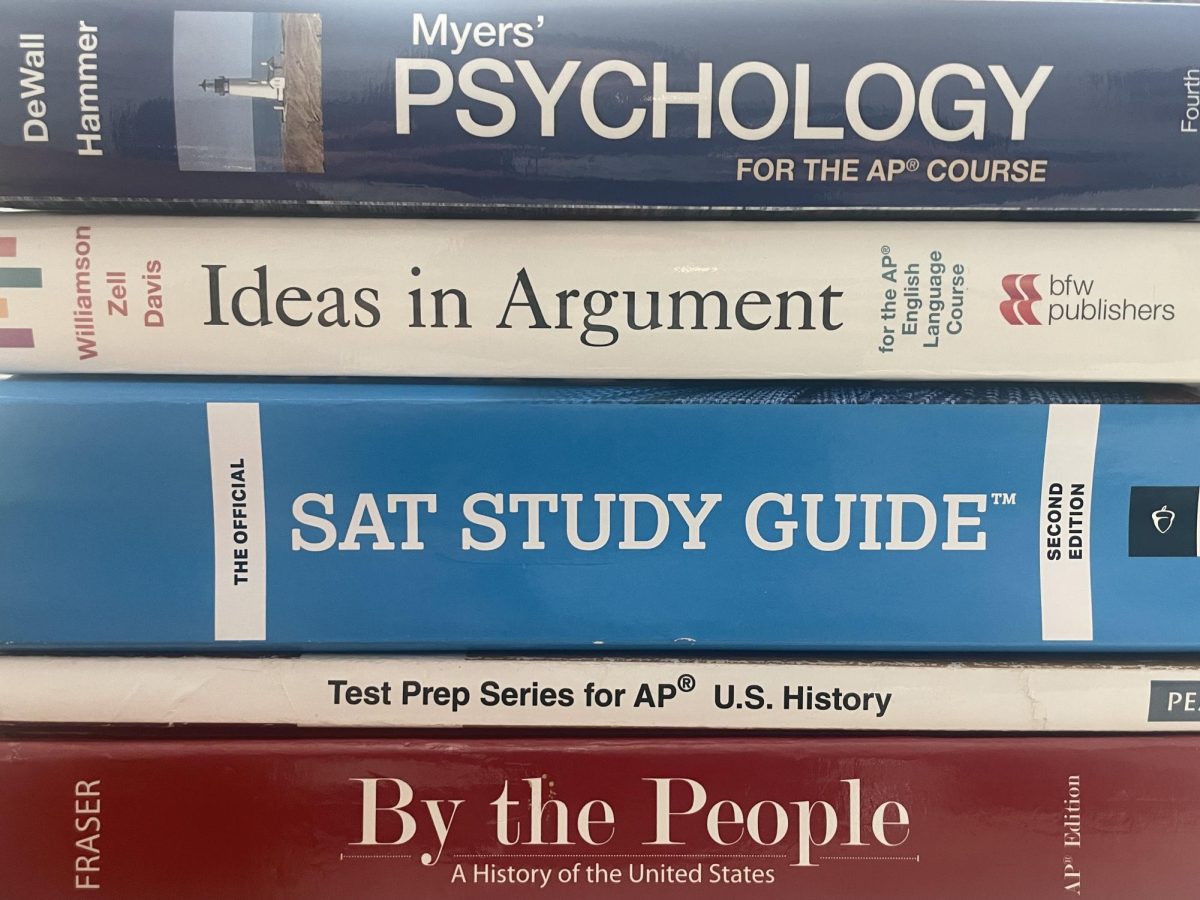



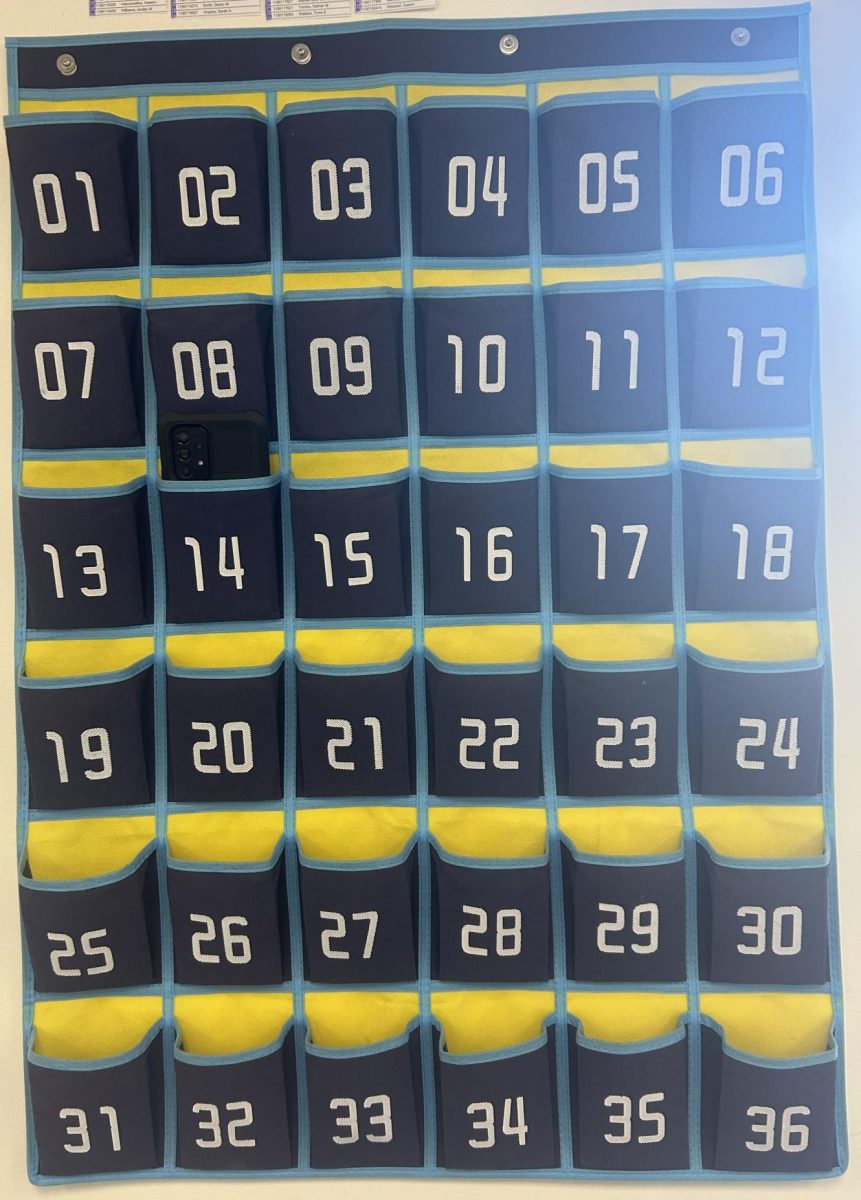



Sydney Forsyte • Sep 11, 2024 at 11:59 am
I love the quotes you guys inlcuded! This is so interesting!
Bella Kim • Sep 5, 2024 at 7:02 pm
Great work, girls! Congrats on your first story. I love the clear explanation and quotes you included!
Maleah Fennessey • Sep 5, 2024 at 12:10 pm
I never knew that it was so much work TwT Now I get why this change doesn’t happen often. Congrats!
Katie Arnoult • Sep 4, 2024 at 5:47 pm
This is a very interesting read! I think it’s good to write about this and other similar topics- a lot of students maybe don’t realize the work that goes into the books they read at school. Congrats on your first article, Kaiya and Brooklynn!